PPT-1. Stanton as Philosopher and as Outcast
Author : yoshiko-marsland | Published Date : 2017-03-14
2 American Industrialization and American Labor History 350 May 21 2015 Announcements The final exam is scheduled for Monday June 8 at 1230 Ill have instructions
Presentation Embed Code
Download Presentation
Download Presentation The PPT/PDF document "1. Stanton as Philosopher and as Outcast" is the property of its rightful owner. Permission is granted to download and print the materials on this website for personal, non-commercial use only, and to display it on your personal computer provided you do not modify the materials and that you retain all copyright notices contained in the materials. By downloading content from our website, you accept the terms of this agreement.
1. Stanton as Philosopher and as Outcast: Transcript
Download Rules Of Document
"1. Stanton as Philosopher and as Outcast"The content belongs to its owner. You may download and print it for personal use, without modification, and keep all copyright notices. By downloading, you agree to these terms.
Related Documents

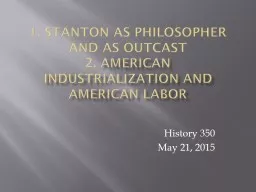

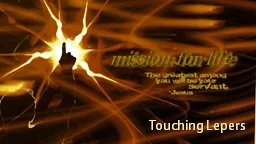


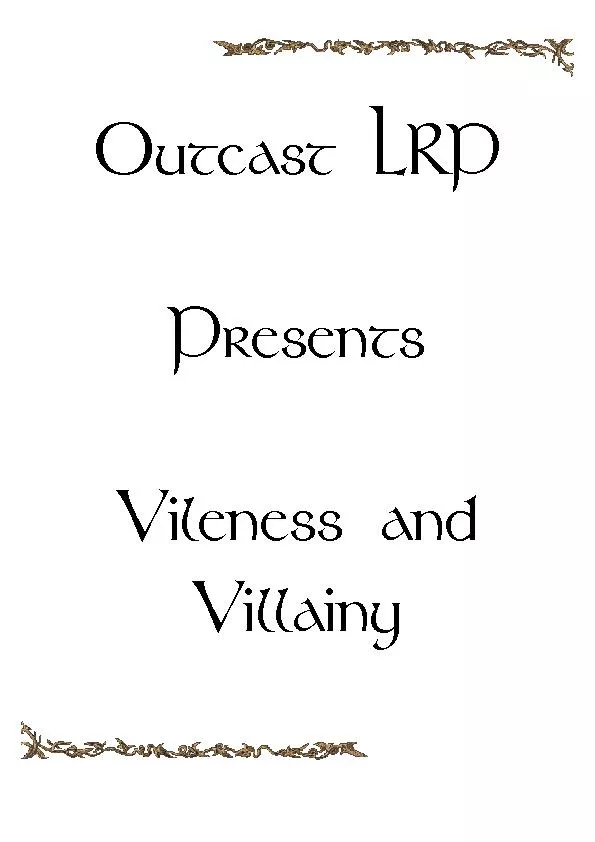

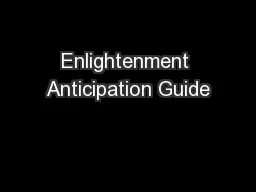


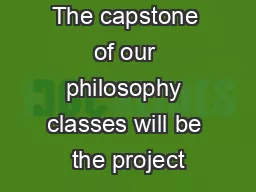

![[DOWNLOAD]-Love and Toil: Motherhood in Outcast London, 1870-1918](https://thumbs.docslides.com/954171/download-love-and-toil-motherhood-in-outcast-london-1870-1918.jpg)
![[BOOK]-Love and Toil: Motherhood in Outcast London, 1870-1918](https://thumbs.docslides.com/957300/book-love-and-toil-motherhood-in-outcast-london-1870-1918.jpg)